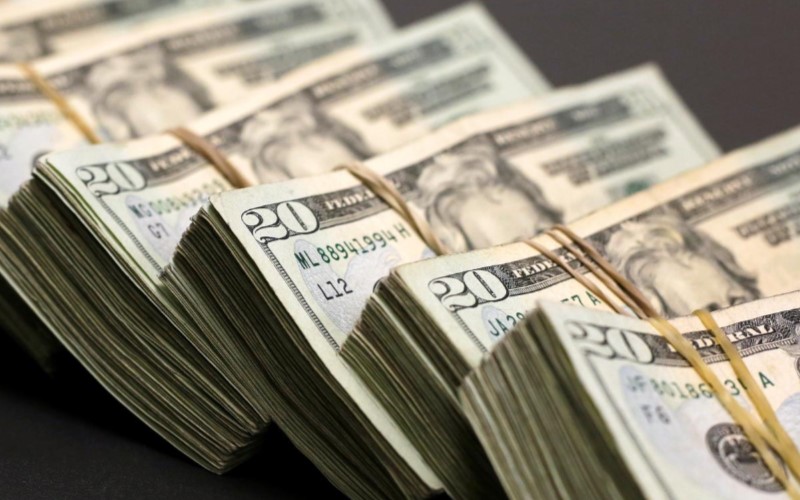
The unwillingness of the top four U.S. banks to lend cash combined with a burst of demand from hedge funds for secured funding could explain a recent spike in U.S. money market rates, the Bank for International Settlements said.
Cash available to banks for short-term funding all but dried up in late September, and interest rates deep in the plumbing of U.S. financial markets climbed into double digits.
That forced the Fed to make an emergency injection of billions of dollars for the first time since the global financial crisis more than a decade ago.
While the exact cause of the squeeze is unclear – with explanations ranging from large withdrawals for quarterly tax payments to a big settlement of a trade in U.S. Treasuries – BIS analysts said the growing reliance on the biggest U.S. banks to keep the repo market functioning may have been a big factor.
The big four banks, which BIS did not name in its report, have become net providers of funds to repo markets as they account for more than half of all Treasuries held by banks in the United States at the Federal Reserve.
The repo market underpins much of the U.S. financial system, helping ensure banks have liquidity to meet their daily operational needs.
In a repo trade, Wall Street firms and banks offer U.S. Treasuries and other high-quality securities as collateral to raise cash, often just overnight, to finance their trading and lending. The next day, borrowers repay the loans plus what is typically a nominal rate of interest and get their bonds back. In other words they repurchase, or repo, the bonds.
The system typically hums along with the interest rate charged on repo deals hovering close to the Fed’s benchmark overnight rate, which it cut on Wednesday to 1.75%-2.00% from 2.00%-2.25%.
But in late September, interest rates shot up to as high as 10% for some overnight loans, more than four times the Fed’s policy rate, raising concerns about the fragility of U.S. dollar funding markets.























